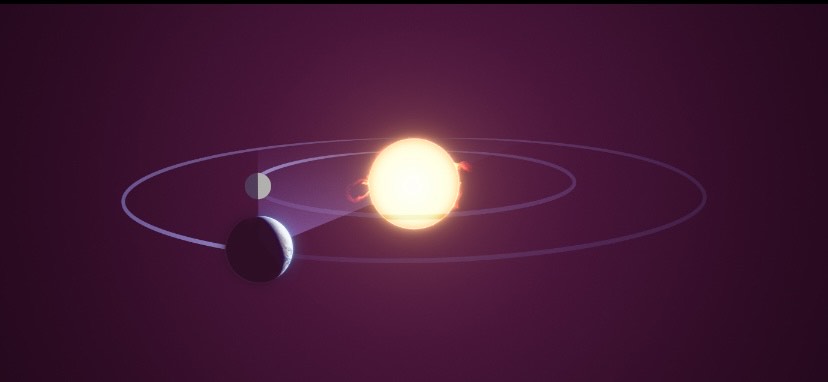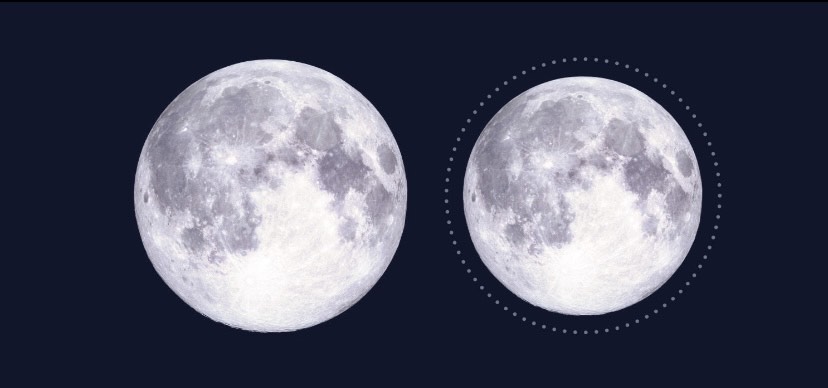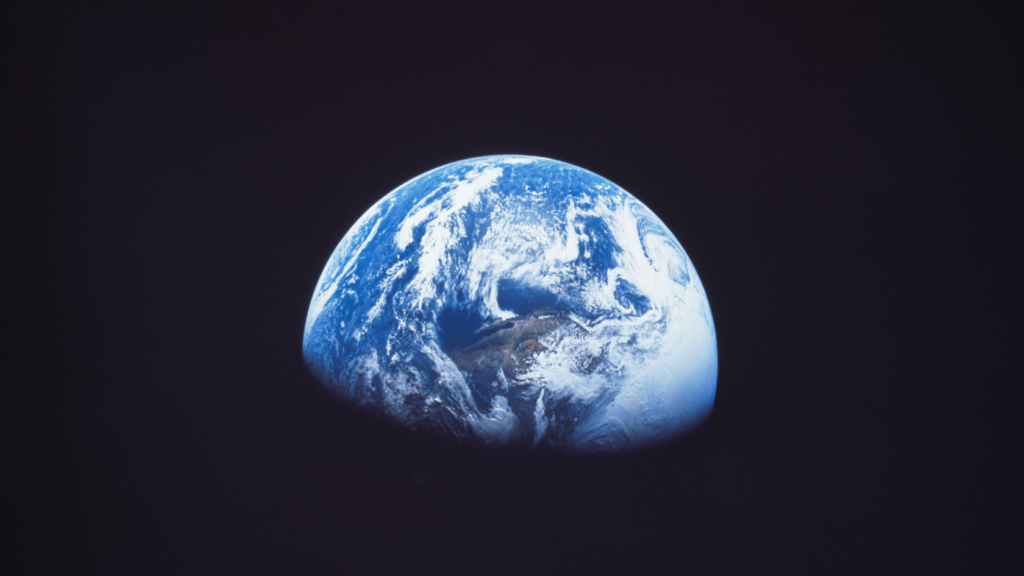Such rare astronomical events in the month of August in the year 2023 that happen once in several thousand years and you will be able to see it with your naked eyes. Which will start with the supermoon. Yes, you must have seen the super moon on August 1st, but actually, rare astronomical events will begin to be seen from August 10th.
- Best Evening to See Mercury
- Asteroid Hygiea at opposition
- Zero Shadow Day
- Perseids
- Asteroid Hygiea at opposition
- Saturn at Opposition
- Blue Super Moon
Best Evening to See Mercury (Astronomical Events)
On August 10, the planet Mercury reaches its greatest eastern elongation of 27°. Evenings within a week of this night will offer the best chances to see the magnitude +0.3 planet. Mercury will be 14° above the western horizon at sunset on this night and will begin to show against the darkening sky. It will set 1 hour, 8 minutes later at 8:06 PM.

Mercury’s orbit is similar to Earth’s and close enough to the Sun that it never drifts far from it in our sky. Mercury rises and sets so near to the Sun on most evenings that it is impossible to see. Only near maximum elongation—the angle between the planet and the Sun in the sky—does Mercury remain above the horizon when the sky darkens.
Asteroid Hygiea at opposition
On August 10, asteroid Hygiea will reach opposition, making it perfectly located for observation, reaching magnitude +9.7 (clearly visible as a point of light through small-to-moderately sized telescopes, and possibly through big binoculars depending on sky brightness and observing circumstances).

The phrase “opposition” refers to a Solar System arrangement in which the Earth is directly between an object and the Sun. During this alignment, Hygiea is most visible since it is nearest to Earth and fully illuminated by the Sun. Following opposition, the asteroid progressively dims but remains a useful target even after a month.
The asteroid is now in the Water Bearer constellation. Because Aquarius spans the celestial equator, it is visible to spectators all throughout the world. However, Aquarius is one of the faintest of all constellations, with no stars brighter than third magnitude, making it difficult to identify, especially in light-polluted skies.
Fortunately, Saturn will be visiting Aquarius this month. Saturn, which is almost identifiable because to its brightness, can assist you in identifying the cascading lines of stars that mark Aquarius. Hygiea is located beneath the Water Bearer’s outstretched arm, forming a nearly right-angled triangle with Sadalsuud and Epsilon Aquarii. The magnitude 4.5 star Nu Aquarii will be fewer than two degrees (four Full Moon diameters) away from Hygiea.
Hygiea is the fourth largest asteroid (by volume and mass) in the Main Asteroid Belt between Mars and Jupiter. However, since it is a dark C-type (carbonaceous) asteroid located towards the outer edge of the Main Asteroid Belt, it appears quite dim as viewed from Earth.
Though Hygiea appears round, astronomers are unsure if it is in hydrostatic equilibrium, where inward-acting self-gravity balances outward-acting internal pressure, giving a celestial body a rounded shape. Achieving hydrostatic equilibrium is the defining criterion between dwarf planets and asteroids. So, it is possible that Hygiea should be classified as a dwarf planet like Ceres. However, more investigation is needed, as astronomers question whether Hygiea is a solid body or a loosely bound rubble pile. To be a dwarf planet, it would need to be solid.
Zero Shadow Day
On August 18, 2023, almost no shadow of anything will be visible in many countries. Because this will be Zero Shadow Day. This happens when the sun passes right over our planet and it’s going to be pretty rare.
Perseids Meteor Shower (One of the best Astronomical Events)
On the night of August 13–14, the Perseids meteor shower reaches its peak activity. For a few evenings before and after the peak, a sizable number of meteors ought to be seen as well.Expect to see roughly 40 meteors per hour at 4:00 AM, when the amount of visible meteors will be at its peak from where you are. The radiant of the shower, which is where meteors appear to come from, will be 57° above the northeastern horizon at that time.

Each August, the Perseids deliver one of the best astronomical shows of the year, with meteors streaking across the sky at rates of up to one per minute. Only December’s Geminids shower is as reliably prolific as the Perseids. The material forming the Perseids is debris from Comet 109P/Swift-Tuttle, which swings through Earth’s vicinity once every 133 years.
This shower can produce 110 meteors per hour under ideal conditions, but light pollution—both from the Moon and manmade sources—can spoil an otherwise good meteor shower. Fortunately, on the night of this shower, there will be a new moon, so no moonlight will interfere with seeing meteors. And your area is not greatly affected by artificial light pollution so you’ll have very good conditions to see this shower.
Saturn at Opposition
As the Earth makes its yearly orbital circuit, it will reach a point where the Sun and Saturn are in opposite directions. At this time, Saturn is said to be at opposition, and, for most practical purposes, this marks Earth’s closest approach to the ringed gas giant.

This alignment provides the planetary observer multiple advantages. Since Earth is about 300 million kilometers closer to Saturn than it is at conjunction, Saturn will appear 39% larger and 1.7 magnitudes brighter. It will also give ample observing time because when the Sun sets at 6:40 PM on the evening of August 27, Saturn will rise and remain visible all night.
Now, if weather happens to spoil your views on this evening, don’t worry. Timing is not critical with planetary oppositions and you have several weeks—if not several months—of potential observing time leading up to and following this alignment. So, if you’re looking for an excuse to dust off that telescope, you may not find a better opportunity to enjoy fantastic views of this planet.
Blue Super Moon
On August 31, there will be a supermoon. Whatever your feelings are about using superlatives to describe things that are only somewhat out of the ordinary and little larger than usual, there is no disputing that the term “supermoon” has entered the general vernacular. Perigee syzygy is a more technical term for this phenomenon, which is probably only used by astronomers. Perigee is the closest point in an elliptical orbit of a satellite around Earth, while syzygy is a straight line configuration of three bodies, in this case the Sun-Earth-Moon.

The period between each perigee, called an anomalistic month, is 27.55 days. The period between each full moon, called a synodic month, is 29.53 days. This mismatch in periods is why there are typically only about 3-4 supermoons per year. The disc of the Moon appears roughly 14% larger during a supermoon, giving photographers a great opportunity to add a little extra drama to their moonrise shots. So get that camera prepped and be ready at sunset!

